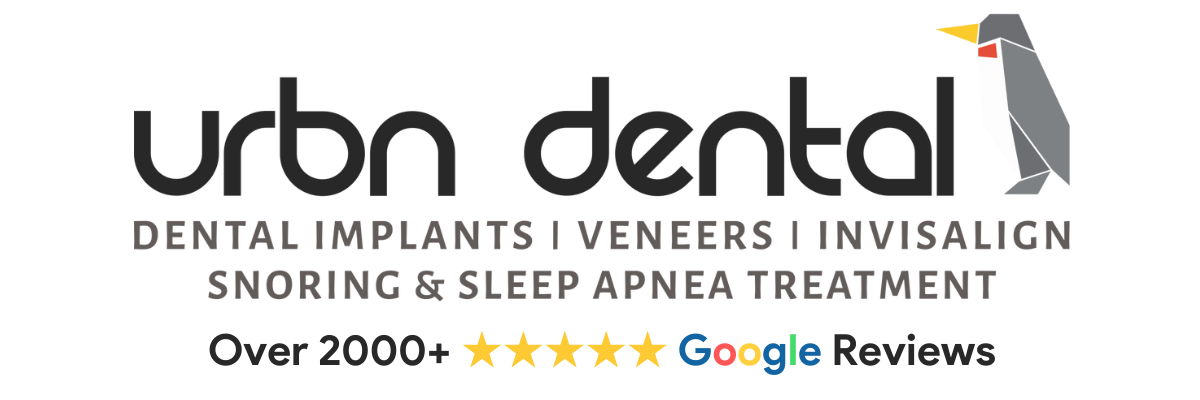Sequence of Teeth Eruption; Teething Process
Newborn babies come with no teeth! However, the fact that we can’t see the teeth doesn’t mean the child has no teeth at all. In fact, teeth are almost half-formed when a child is born, but hidden by the jawbone from our view.
The sequence of Teeth Eruption; Teething Process
Newborn babies come with no teeth! However, the fact that we can’t see the teeth doesn’t mean the child has no teeth. Teeth are almost half-formed when a child is born but hidden by the jawbone from our view. The teeth will start erupting in 3 to 6 months. One of the milestones a baby has to go through is teething. This usually happens during the first 2 ½ months and can be scary for some parents. Tooth eruptions can cause a sense of discomfort or irritation to most children. As a parent, you have to learn how to help your child overcome hardship, as this is a stage that every child must pass.
What is a Teething Eruption?
Development, whereby baby teeth below the gum line are cut through. Teeth eruption is not only a thing for primary teeth but permanent teeth also. Girls’ teeth tend to come through a bit earlier, while for most boys, teething tends to be late. When the primary teeth are shed, we expect permanent to erupt. Read more about the teething process below.
Who is more susceptible to teeth eruption?
Children under 3 years old are more susceptible to teeth eruption. Usually when a child is born he/she comes with 20 teeth that are below the gum line. With time, the teeth erupt! The average time the first teeth erupt is 6 months, but some for some kids the teething start late (max-14months). In other words, the time the teeth take to erupt can vary.
Usually the lower front teeth are the first to come through and the upper front teeth follows in 1 to 2 months.
How does teeth eruption occur?
It does not matter when the teeth start erupting, but they will always erupt in a particular order and pairs. However, if the teething sequence looks abnormal, there is no cause for alarm. All children’s teething sequences conform to the tooth eruption chart provided by various dental associations.
Generally, the first tooth erupts at an average age of 6 months. However, there have been few cases of children teething at the age of 3 months. The first tooth erupts at the age of 3-14 months. In the next 2 ½ years, at least 20 primary teeth will have erupted. Check the tooth eruption chart below to know more about teething sequences;

- Upper teeth eruption chart
- Central incisor – 8 to 12 months
- Lateral incisor – 9 to 13 months
- Canine (cuspid) – 16 to 22 months
- First molar – 13 to 19 months
- Second molar – 25 to 33 months
- Lower teeth eruption chart
- Second molar – 23 to 31 months
- First Molar – 14 to 18 months
- Canine (cuspid) – 17 to 23 months
- Lateral incisor – 10 to 16 months
- Central incisor – 6 to 8 months
As a parent with a teething baby, you might have received a few tips from doctors, friends, and the internet on how to handle such a child. However, some tips may work while others may not! Some tips may harm your child. So, what are the remedies for teeth eruption? Massaging the mouth area with your finger or teething toys can help relieve the discomfort as well as the pain. Another remedy is the use of chilled washcloths or cold drinks. A cold drink or a chilled washcloth helps to numb the gum tissues creating a sense of comfort. You should supervise your child when they are eating to make sure they don’t take a large pieces of food that can choke them or pressure the gum.
Finally, just like permanent teeth, primary teeth are important, and proper dental hygiene should be maintained. Most people assume that because primary teeth will shed off eventually, oral hygiene isn’t a big concern, which is quite wrong. Baby teeth are important for general dental appearance, speaking, and most importantly chewing. Caring for the baby’s teeth is critical to avoid complications in the future. Remember the permanent teeth will need the strength and support of the same gum and jawbone.
As soon as the teeth start erupting, the child is exposed to dental decay, cavities, and gum diseases. Thus, you should help maintain proper oral hygiene. Visit the dentist’s office near me when the first tooth appears and he will guide you on how to brush the child teeth. Use an infant training toothbrush or soft-bristled toothbrush for babies and warm water to brush your child’s teeth gently. You can also use a clean washcloth to clean the baby’s mouth!
What are the symptoms of teeth eruption?
The most common symptom is biting! Babies tend to bite everything when teething to relieve the discomfort created by the erupting teeth. Another thing is that the teething pain is usually transferred to ears causing the child pull the ears.
When teeth are erupting, babies tend to produce excess saliva, which can cause facial rash. The baby will get fussy, and probably the gums will be inflamed. Gum inflammation usually happens when larger molars are erupting. Teething eruption brings sleepless nights for both the child and the parent. Nighttime wakefulness becomes the order of every night. Another thing is that the baby might change his/her eating habit. In fact, most babies lose appetite, it becomes uncomfortable for them to suck feeding bottles or have a spoon in their mouth.
It is easy to tell your baby teeth are erupting! The teething process and sequence might be different for each baby, but some are common such as;
- Loss of appetite
- Irritability, crying or fussiness
- Trouble sleeping
- Excessive drooling
- Biting
- Pulling ears
- Swollen or red gums


